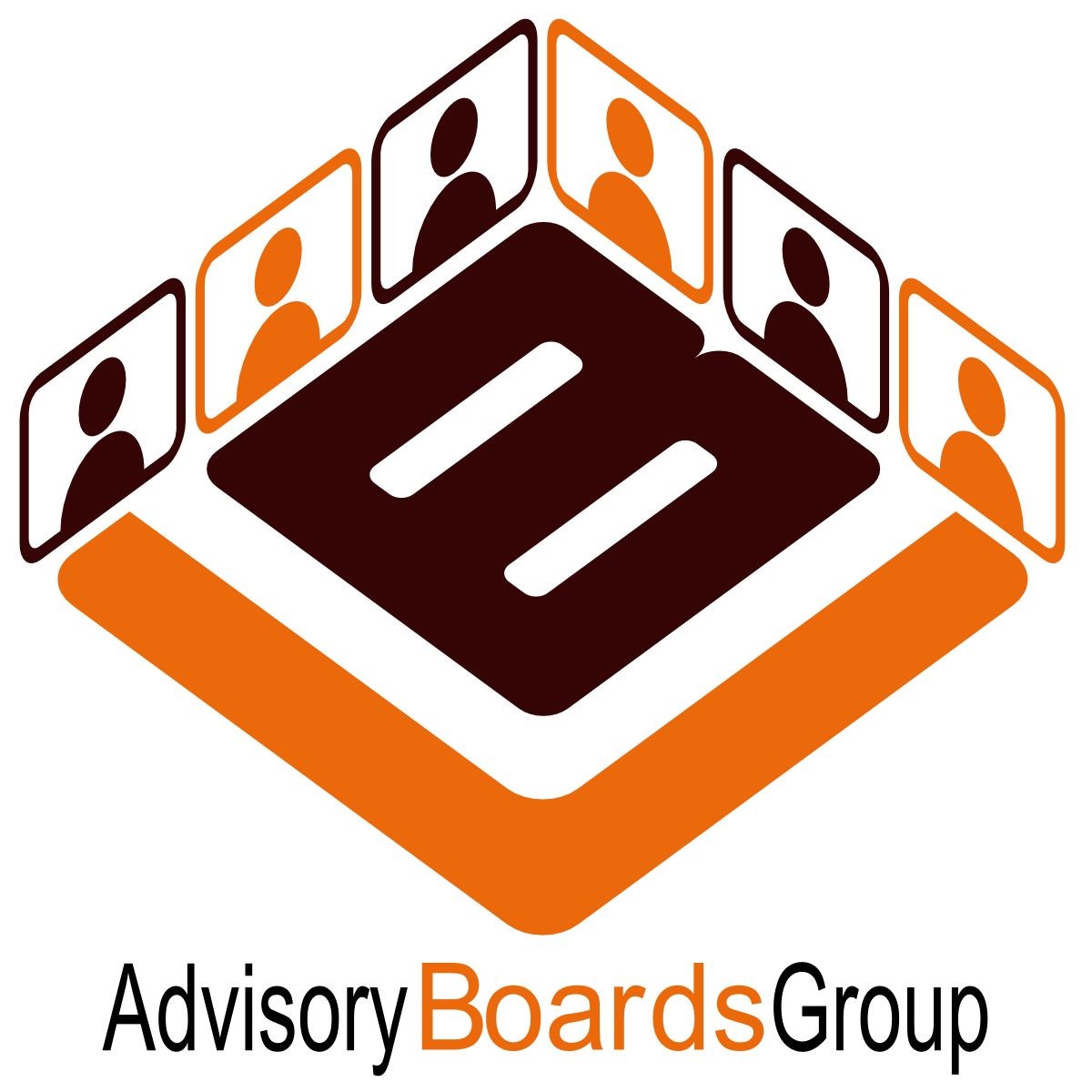2017 WannaCry ransomware attack statistics:
Number of affected countries: 150
Infection rates(computer numbers):
|
US |
Canada |
India |
Australia |
UK |
Other |
|
336,856 |
25,841 |
11,832 |
15,427 |
54,841 |
100,448 |

Ransomware paid by victims: US$ 130,634 through 327 payments
Propagation and execution:
- Computers were hacked in May 2017 due to lack of up to date patching
- Most of these computers were running Windows 7
- Payload (attack) achieved through scanning the Internet
- WannaCry Ransomware was encrypting files of infected computers asking between $300-$600 in bitcoin to decrypt
- In December 2017, it was asserted North Korea was behind the attack
We live in a connected world where organisations in the Not for Profit sector gain an advantage if they adopt new technologies and processes to bring efficiency, if they become more visible on social media and online forums.
But everything comes with risks and organisations must adopt the new technology in a planned manner that does not expose them or their clients to cyber attacks, to ransomware or law suits.
Please join us to hear the answer to the questions below and find out what your next steps should be:
- What are the drivers in the cyber space?
- Who is responsible if the organisation gets hacked and worse, the attack spreads to its clients?
- How to move forward and adopt new technologies in a cyber safe way?
- Are the Not for Profit organisations isolated from these cyber-attacks?
- Does the cyber risk correlate with the size of the organisation?
- Can Small to Medium organisations be hacked?
- Can they recover and how much does it cost?
About the Presenter: Monica Schlesinger
Accomplished director since 1996 and Fellow of AICD (Australian Institute of Company Directors) since 2002, Monica combines her extensive executive experience (over 30 years) with sound governance knowledge and experience. She is a promoter of cyber resilience for organisations and helps them reach their cyber goals.
Recent accomplishments:
As a Principal in ABG Intl, Monica developed a methodology for cyber security education, assessment, training and awareness, taking companies to the next level of cyber resilience. Monica’s understanding of cyber security, IT and commercialisation of security products is extensive and she is a sought out speaker at conferences and by journalists.
Monica is a regular guest speaker at webinars & conferences. She is the main publisher of a weekly Cyber Security Newsletter which covers regulatory changes, cyber governance aspects, significant hacks around the world and ways to protect the organisation or personal details, advice on urgent upgrades (which includes contributions from a technical team).


